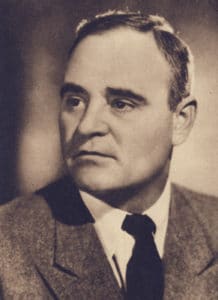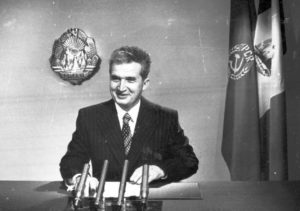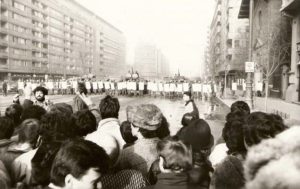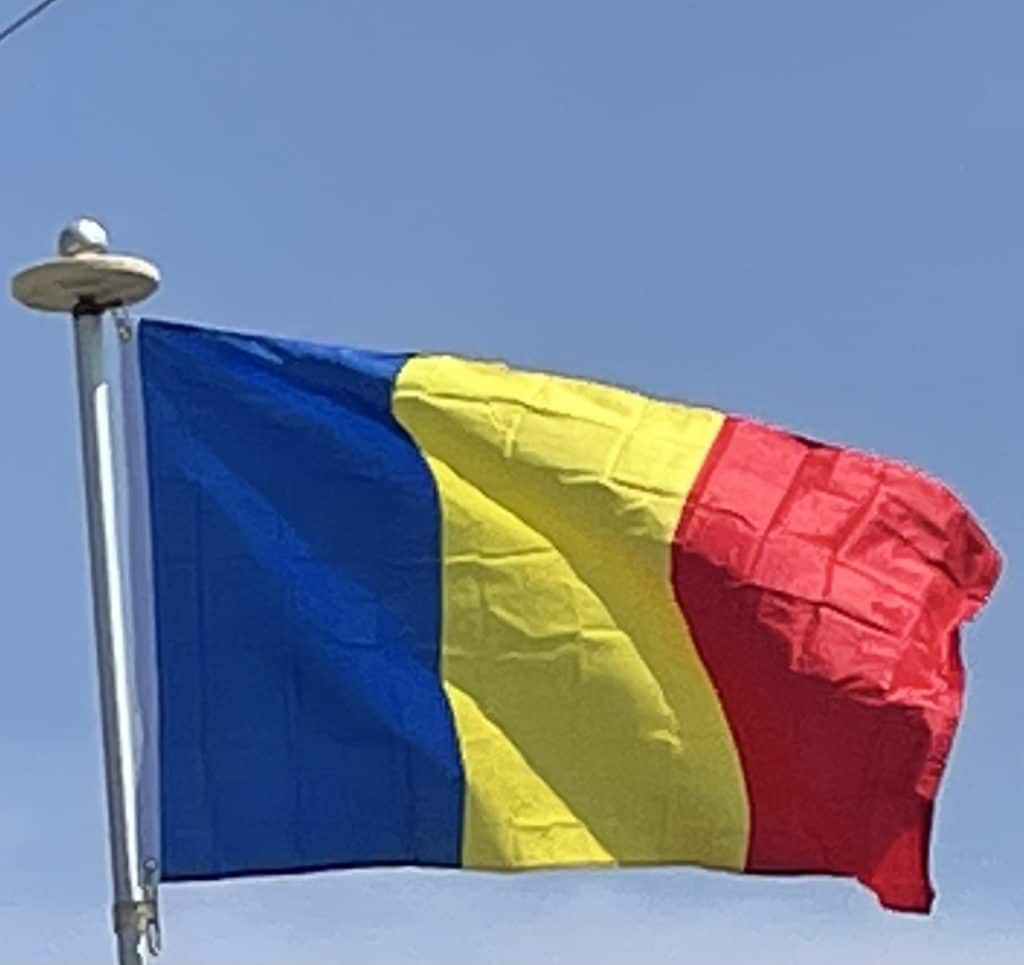
In 1948, the state began to nationalize private firms and to collectivize agriculture. Until the early 1960s, the government severely curtailed political liberties and vigorously suppressed any dissent with the help of the Securitate—the Romanian secret police. During this period the regime launched several campaigns of purges during which numerous “enemies of the state” and “parasite elements” were targeted for different forms of punishment including: deportation, internal exile, internment in forced labour camps and prisons—sometimes for life—as well as extrajudicial killing. Nevertheless, anti-Communist resistance was one of the most long-lasting in the Eastern Bloc. A 2006 Commission estimated the number of direct victims of the Communist repression at two million people.
In 1965, Nicolae Ceaușescu came to power and started to conduct the country’s foreign policy more independently from the Soviet Union. Thus, Communist Romania was the only Warsaw Pact country which refused to participate in the Soviet-led 1968 invasion of Czechoslovakia. Ceaușescu even publicly condemned the action as “a big mistake, [and] a serious danger to peace in Europe and to the fate of Communism in the world”.) It was the only Communist state to maintain diplomatic relations with Israel after 1967’s Six-Day War and established diplomatic relations with West Germany the same year. At the same time, close ties with the Arab countries and the Palestine Liberation Organization (PLO) allowed Romania to play a key role in the Israel–Egypt and Israel–PLO peace talks.

As Romania’s foreign debt increased sharply between 1977 and 1981 (from US$3 billion to $10 billion), the influence of international financial organisations—such as the International Monetary Fund (IMF) and the World Bank—grew, gradually conflicting with Ceaușescu’s autocratic rule. He eventually initiated a policy of total reimbursement of the foreign debt by imposing austerity steps that impoverished the population and exhausted the economy. The process succeeded in repaying all of Romania’s foreign government debt in 1989. At the same time, Ceaușescu greatly extended the authority of the Securitate secret police and imposed a severe cult of personality, which led to a dramatic decrease in the dictator’s popularity and culminated in his overthrow and eventual execution, together with his wife, in the violent Romanian Revolution of December 1989 in which thousands were killed or injured. The charges for which they were executed were, among others, genocide by starvation.
Contemporary Period:
After the 1989 revolution, the National Salvation Front (NSF), led by Ion Iliescu, took partial multi-party democratic and free market measures. In April 1990, a sit-in protest contesting the results of that year’s legislative elections and accusing the NSF, including Iliescu, of being made up of former Communists and members of the Securitate grew rapidly to become what was called the Golaniad. Peaceful demonstrations degenerated into violence, prompting the intervention of coal miners summoned by Iliescu. This episode has been documented widely by both local and foreign media, and is remembered as the June 1990 Mineriad.

The subsequent disintegration of the Front produced several political parties, including most notably the Social Democratic Party (PDSR then PSD) and the Democratic Party (PD and subsequently PDL). The former governed Romania from 1990 until 1996 through several coalitions and governments, with Ion Iliescu as head of state. Since then, there have been several other democratic changes of government: in 1996 Emil Constantinescu was elected president, in 2000 Iliescu returned to power, while Traian Băsescu was elected in 2004 and narrowly re-elected in 2009.
